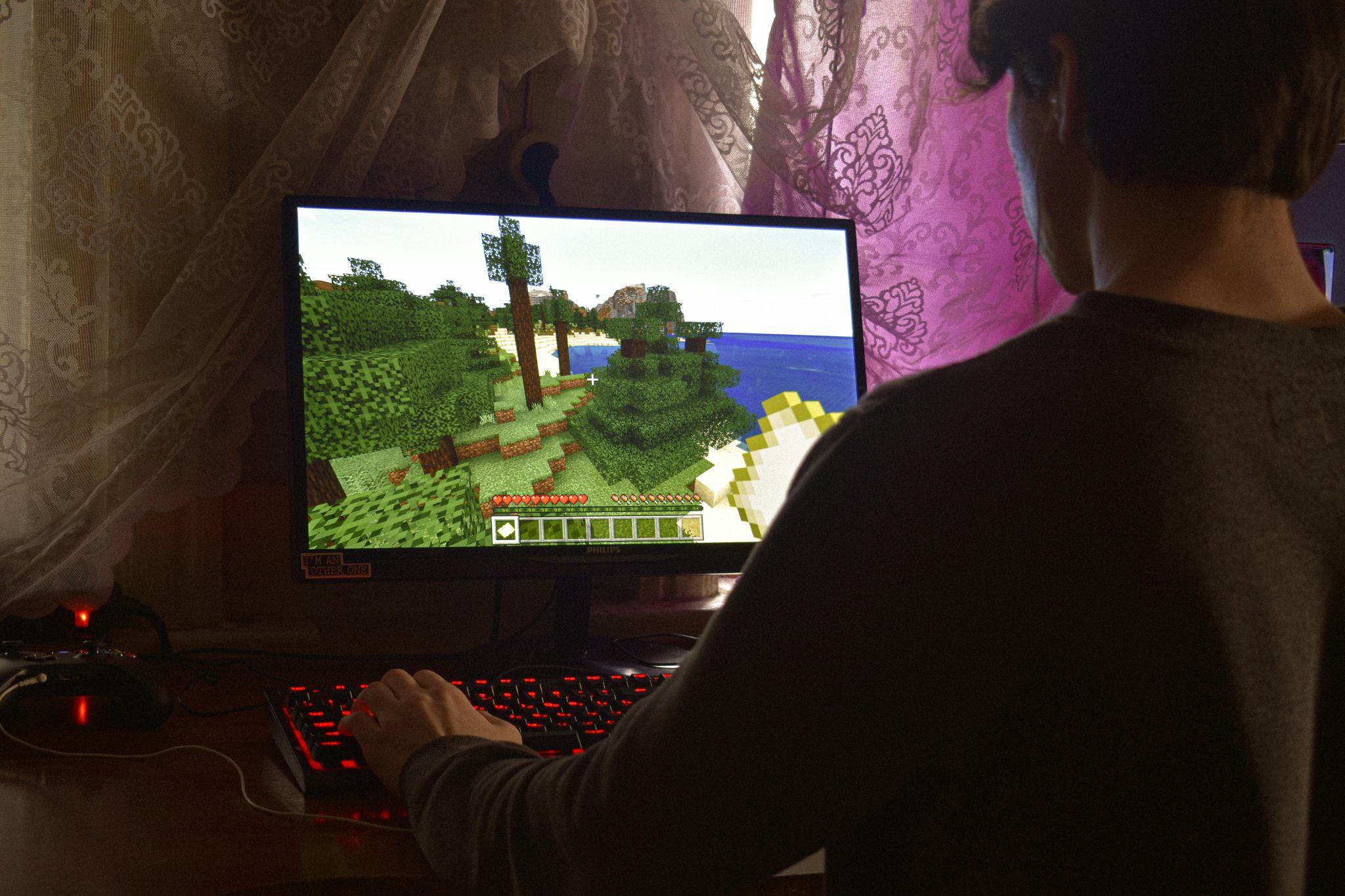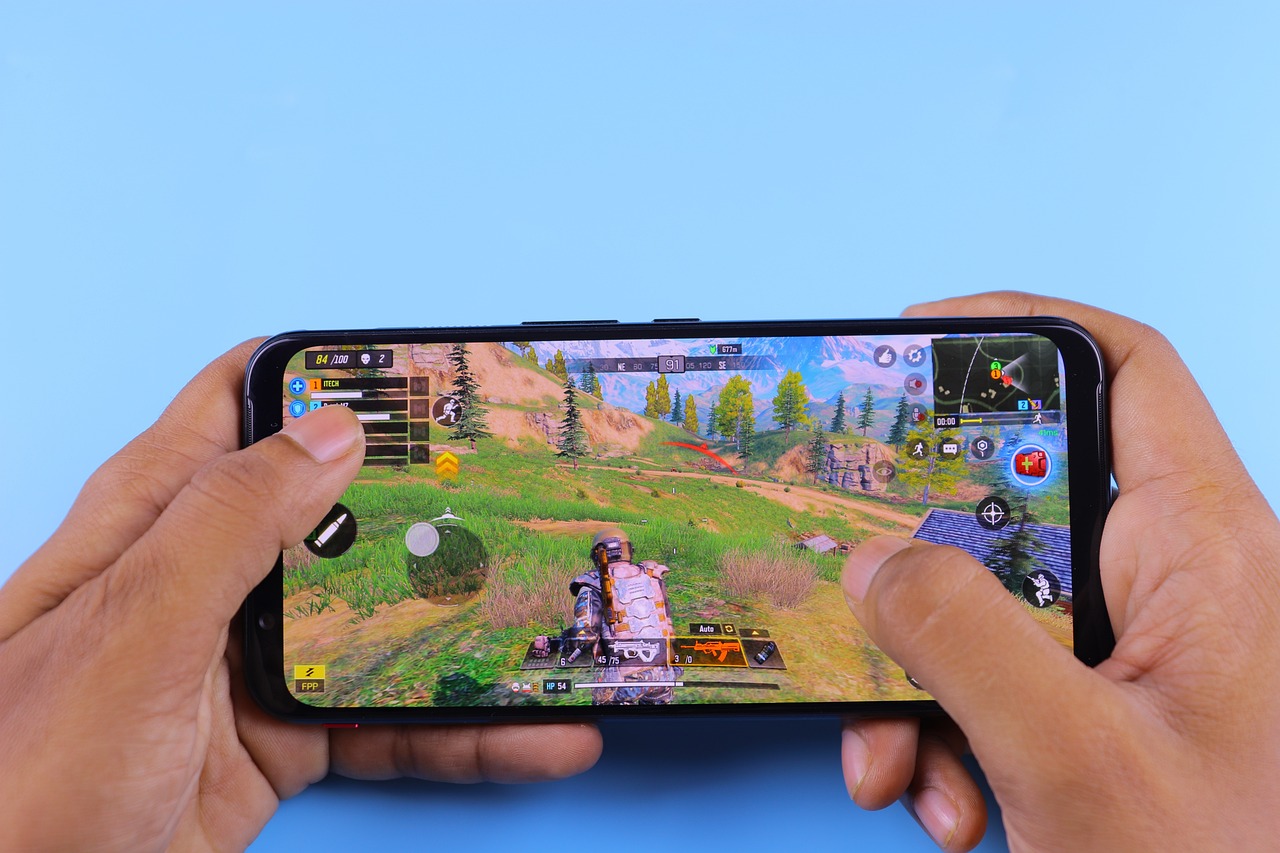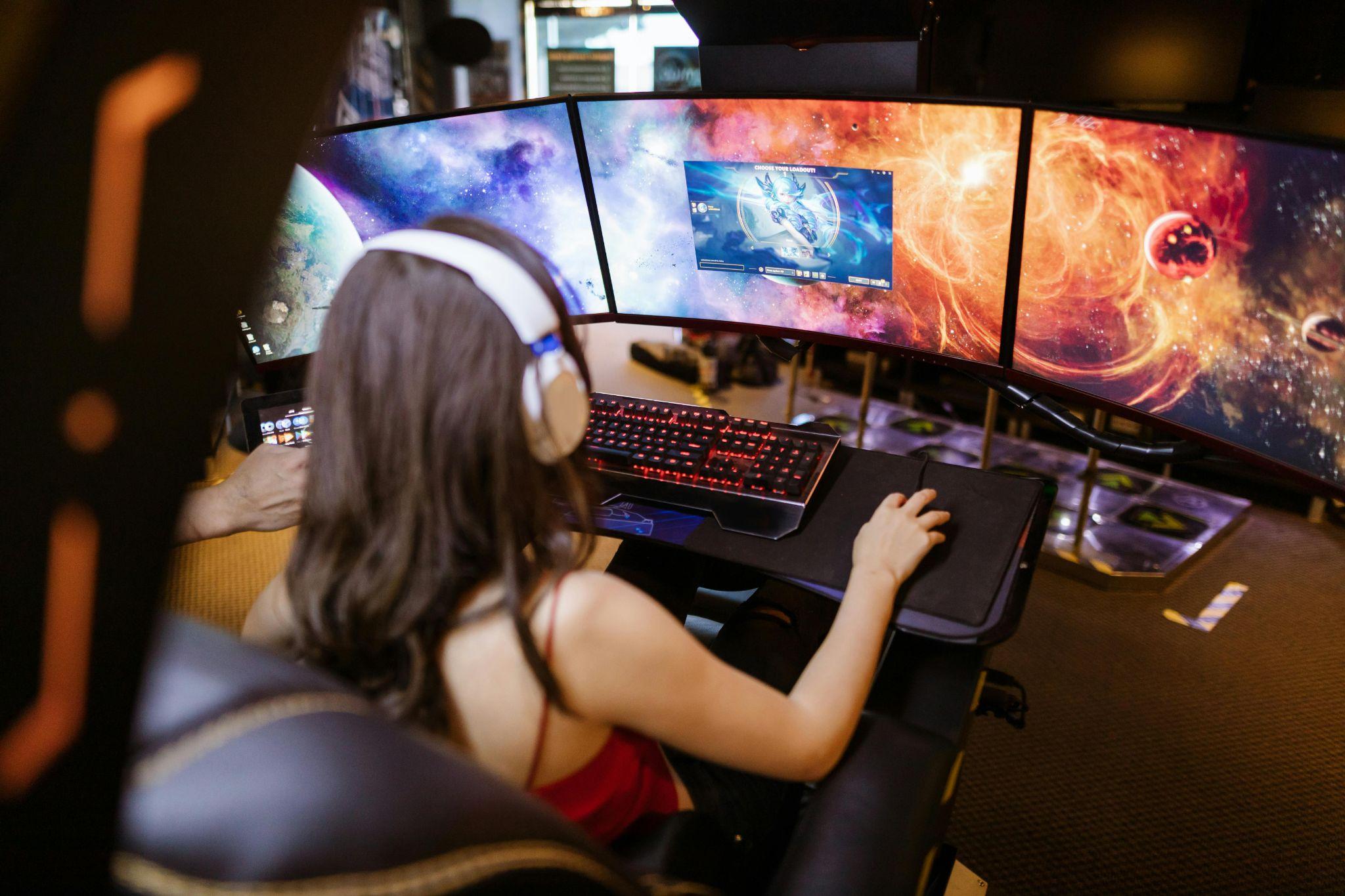
Indie Games That Redefined the Gaming Industry
Iren
- 0
- 777
The gaming industry has witnessed a remarkable transformation through the rise of independent game development, challenging conventional gaming paradigms and pushing creative boundaries. From humble beginnings to cultural phenomena, indie games have fundamentally altered how we think about, create, and experience video games.
Pioneering Indie Games and Their Impact
The last decade has seen several groundbreaking indie titles that have not only achieved commercial success but have also revolutionized game design philosophy and player expectations.
Minecraft: Building a Blocky Universe
Minecraft stands as perhaps the most influential indie game ever created, evolving from a simple block-building concept to a global cultural phenomenon. Originally developed by Markus “Notch” Persson, the game exemplifies how innovative mechanics can capture players’ imagination and create entirely new gaming genres.
| Minecraft Milestone | Year | Impact |
|---|---|---|
| Alpha Release | 2009 | Introduction of survival gameplay mechanics |
| Beta Release | 2010 | Multiplayer functionality added |
| Full Release | 2011 | Generated $1 billion in sales |
| Microsoft Acquisition | 2014 | $2.5 billion purchase price |
| 200 Million Sales | 2020 | Became best-selling game of all time |
The game’s success stems from its unique combination of procedural generation, survival mechanics, and unlimited creative potential. Its influence extends beyond gaming into education, with Minecraft: Education Edition being used in classrooms worldwide to teach subjects ranging from computer science to history.
Undertale: Redefining Narrative Choices
Undertale, created by Toby Fox, revolutionized storytelling in games by subverting traditional RPG conventions and introducing meaningful moral choices that persist across multiple playthroughs. The game’s innovative approach to player choice and consequence has influenced countless developers.
Key features that set Undertale apart:
- A combat system that allows players to resolve conflicts without violence
- Fourth-wall-breaking narrative elements that remember player choices across different playthroughs
- Dynamic character relationships that evolve based on player actions
- Unique integration of gameplay mechanics with storytelling
- Multiple endings that genuinely reflect player choices throughout the game
Hotline Miami: A Retro Aesthetic with Modern Mechanics
Hotline Miami by Dennaton Games demonstrated how indie developers could blend retro aesthetics with contemporary game design principles. Its neon-soaked violence and pulsating soundtrack created a new template for atmospheric game design.
The game’s influence can be seen in:
- The resurgence of pixel art in modern games
- Integration of musical elements as core gameplay components
- Fast-paced, high-stakes combat design
- Use of visual style to enhance narrative themes
The Rise of Indie Game Development

The democratization of game development tools has led to an explosion in indie game creation, enabling small teams to compete with larger studios in terms of quality and innovation.
Accessibility of Development Tools
Modern game development has been transformed by accessible tools that lower the barrier to entry for aspiring developers.
Popular development tools used by indie developers:
- Unity Engine: Used in games like “Cuphead” and “Hollow Knight”
- Unreal Engine: Powers games like “Rocket League”
- GameMaker Studio: Platform for games like “Undertale” and “Hyper Light Drifter”
- Godot Engine: Open-source engine gaining popularity in the indie scene
- RPG Maker: Specialized tool for creating role-playing games
Crowdfunding and Alternative Funding Models
The emergence of crowdfunding platforms has revolutionized how indie games secure development funding. According to Kickstarter’s gaming statistics, gaming projects have raised over $1 billion since the platform’s launch.
| Crowdfunding Success Stories | Funding Goal | Amount Raised |
|---|---|---|
| Shenmue 3 | $2 million | $6.3 million |
| Bloodstained | $500,000 | $5.5 million |
| Hollow Knight | $35,000 | $57,000 |
Challenges Faced by Indie Developers
Despite the increasing accessibility of game development, indie creators face significant obstacles in bringing their visions to market.
Market Saturation and Visibility
The digital marketplace has become increasingly crowded, with thousands of new games released annually on platforms like Steam. This saturation creates significant challenges for visibility and discoverability.
Effective visibility strategies include:
- Building community engagement before launch
- Leveraging social media platforms effectively
- Participating in virtual game festivals and showcases
- Creating distinctive visual branding
- Engaging with content creators and streamers
Financial Constraints and Resource Limitations
Independent developers often operate with limited resources, requiring careful budget allocation and creative problem-solving.
| Development Aspect | AAA Budget | Indie Budget |
|---|---|---|
| Team Size | 100+ people | 1-10 people |
| Development Time | 2-5 years | 6 months – 2 years |
| Marketing Budget | $50M+ | $0-50K |
| Total Budget | $60M-$300M | $50K-$500K |
The Future of Indie Gaming

The indie gaming sector continues to evolve, pushing boundaries and exploring new frontiers in game design and storytelling.
Emphasis on Diversity and Inclusion
Independent developers are leading the charge in creating more inclusive and representative gaming experiences. Games like “Gone Home” and “Never Alone” have demonstrated the power of diverse storytelling in reaching new audiences and addressing previously unexplored themes in gaming.
Integration of Emerging Technologies
Indie developers are at the forefront of experimenting with new technologies and gameplay mechanics. Virtual reality platforms have seen particular innovation from indie creators, with games like “Beat Saber” demonstrating how small teams can create compelling experiences with new technology.
The future of indie gaming looks bright, with continued innovation in areas such as:
- Artificial Intelligence integration
- Procedural Generation techniques
- Cross-platform development
- Virtual and Augmented Reality experiences
- Blockchain gaming
The indie game movement has fundamentally altered the gaming landscape, proving that small teams with creative visions can compete with major studios and influence the direction of the entire industry. As technology continues to evolve and new platforms emerge, indie developers will likely remain at the forefront of innovation, pushing boundaries and redefining what games can be.
Through their willingness to take risks, explore new ideas, and challenge conventional wisdom, indie developers have created some of the most memorable and influential games of the past decade. Their continued success ensures that the gaming industry will remain vibrant, diverse, and creatively rich for years to come.



